We shall examine the fascinating origins of numerous cat breeds in this post, giving light to the varied background and distinctive traits that distinguish each feline.
We will explore the history of popular cat breeds from all across the world, from prehistoric periods to contemporary breeding methods.
The Mysterious Origins of Domestic Cats
With the exception of Antarctica, the domestic cat (Felis catus) is a wonderfully successful animal.
The African wildcat (Felis silvestris lybica), a diminutive light-brown tabby cat endemic to Africa and the Middle East, is the ancestor of all domestic cats.
Between 9,000 and 10,000 years ago, during the Neolithic period, farmers and wild cats coexisted in the Fertile Crescent of the Near East.
In a burial in Cyprus that was unearthed during excavations and dates to between 7,500 and 7,000 B.C., cat bones were found next to human bones.
The Birth of Modern Cat Breeds
1. Siamese Cats: Elegance from Siam
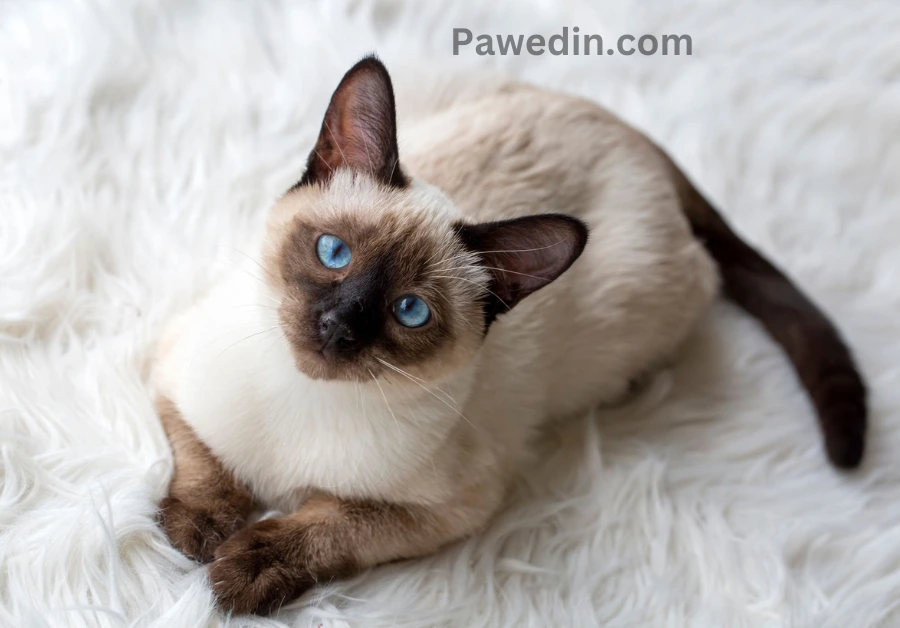
Siamese cats are known for their unique physical features, including large ears, baby-blue eyes, and slim build.
They come in four traditional colors: seal, chocolate, lilac, and blue point, as well as tabby-coated Lynx Point Siamese.
These affectionate and social cats can adapt to family life and are energetic and curious.
Their coat coloring is determined by genetics and the temperature of their surroundings. One of the oldest domestic cats in existence is the Siamese cat.
2. Persian Cats: A Royal Companion
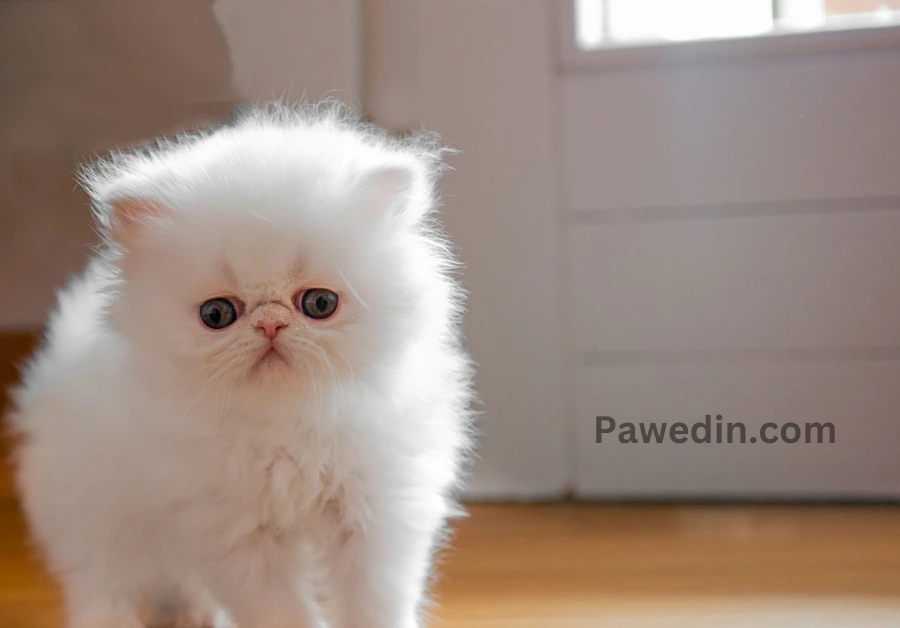
The Persian cat, a medium- to large-sized breed, has been cherished for centuries and is the most popular pedigreed cat breed in the U.S.
Its trademark features include a round, flat face and a profuse, long coat in various colors and patterns.
The Persian cat is known for its snub nose, chubby cheeks, and long hair. Despite high maintenance and health issues, its beauty and calm personality make it a popular choice.
The Persian cat gained popularity during the Victorian era, but little is known about its early history.
3. Maine Coon Cats: America’s Native Breed

The Maine Coon is a massive cat with a muscular, athletic body, pointed ears, and an intelligent expression.
Originating from Maine, they served as mousers, farm cats, and ship’s cats since the early 19th century.
The breed is known for its massive size, with a record for being the world’s longest house cat, measuring over four feet in length.
4. Abyssinian Cats: An Ancient Beauty
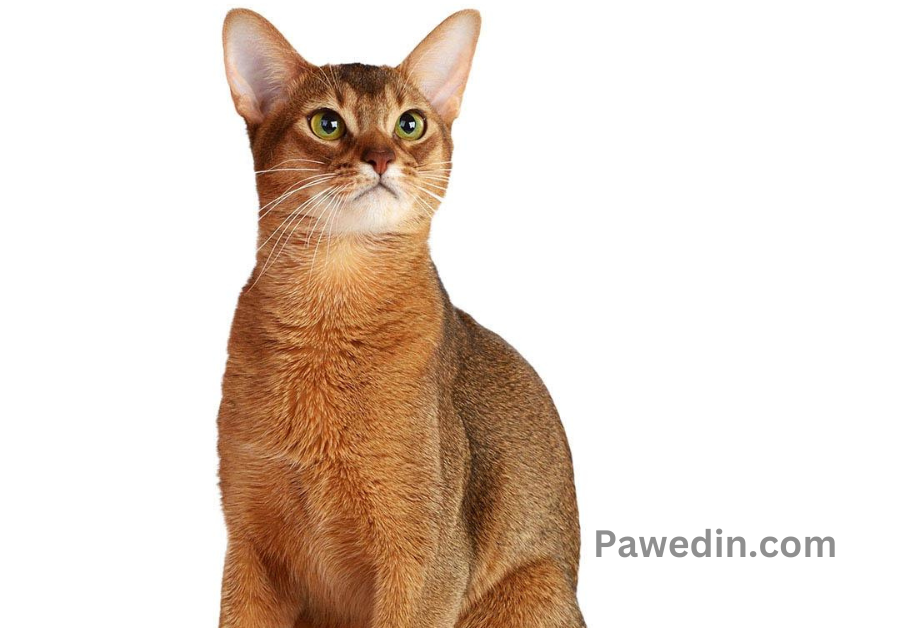
The Abyssinian, a medium-sized cat breed dating back to ancient Egypt, has been a popular choice since the 1930s.
It is moderately sized, with a long body and well-developed muscles. The breed is known for its alertness and intelligence, with large ears and large eyes.
The coat is short and has tufts of hair in its ears, with a unique coloration.
The Abyssinian is a wild-looking cat with a lean, muscular build, wedge-shaped head, and large, almond-shaped eyes. Its fine, short, and glossy coat adds to its appeal.
The Role of Selective Breeding
1. Bengal Cats: Wild Elegance

Bengal cats are domestic cats with unique physical features, resembling small forest-dwelling wildcats.
They have a beautiful coat, large ears, and green eyes, resembling a Bengal tiger. However, they are intelligent and well-balanced, with smallish ears, a wedge-shaped head, neat paws, and an athletic outline.
2. Scottish Fold Cats: The Quirkiness of Genetics

Scottish fold cats, a popular breed with a sweet nature and entertaining disposition, have gained popularity due to their owl-like appearance and closely tucked ears.
They are rounded, medium-sized, and have a round head, large eyes, and small ears.
Originating from farm cats in Scotland, the breed has been established through crosses to British Shorthair and domestic cats in Scotland and England. All Scottish fold cats trace their pedigree to Susie.
Cat Breeds and Geographic Influences
1. Russian Blue Cats: From the Cold North

The Russian blue cat is a medium-sized, elegant, and muscular cat with a dense, soft double coat. It is known for its natural “smile” and brilliant green eyes. With a triangular-shaped head, large ears, and a broad forehead, Russian blues are known for their elegance.
Despite their slender body, they are strong and muscular, with long legs that allow them to run at high speeds.
Russian blues are known for their shimmery blue coats, striking emerald eyes, and potential ties to Russian czars.
They are sensitive, caring, and clever, making them a popular choice for pet parents with allergies.
2. Egyptian Mau Cats: Traces of Ancient Egypt
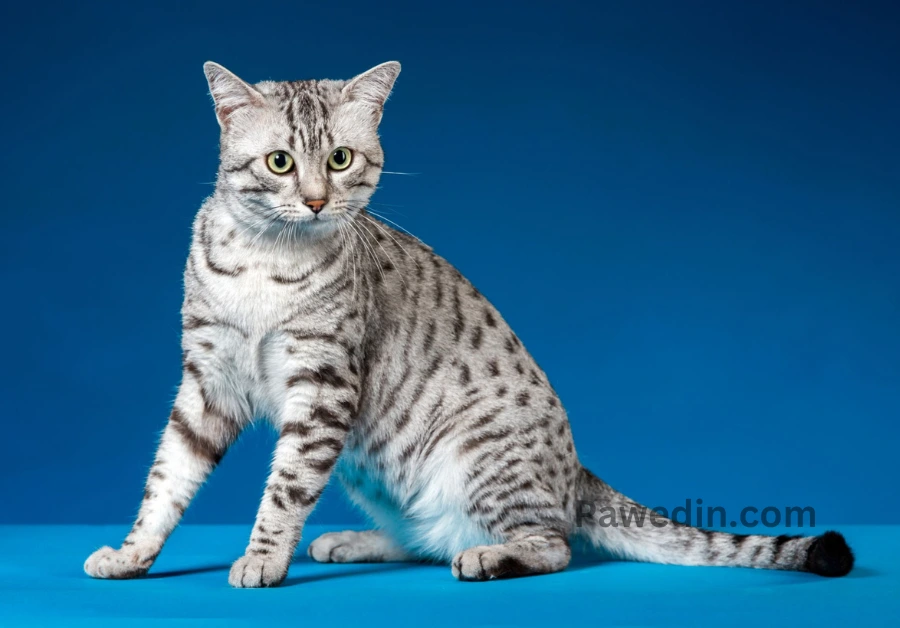
Ancient Egyptian art depicts the Egyptian Mau, a rare and beautiful spotted domestic cat with a noble heritage.
The Egyptian Mau is devoted to humans and displays happiness through meowing and hunting.
Archaeologists have found cats in tombs that resemble the Egyptian Mau today. Egyptian Maus could be related to an African Wild Cat subspecies with spots.
The American lineage of Egyptian Maus can be traced back to Russian Princess Nathalie Troubetskoy’s cattery in the US.
The Cat Fanciers Association first recognized Egyptian Maus for cat show competition in 1968.
Hybrid Cat Breeds: Combining Traits
1. Savannah Cats: The Exotic Hybrid
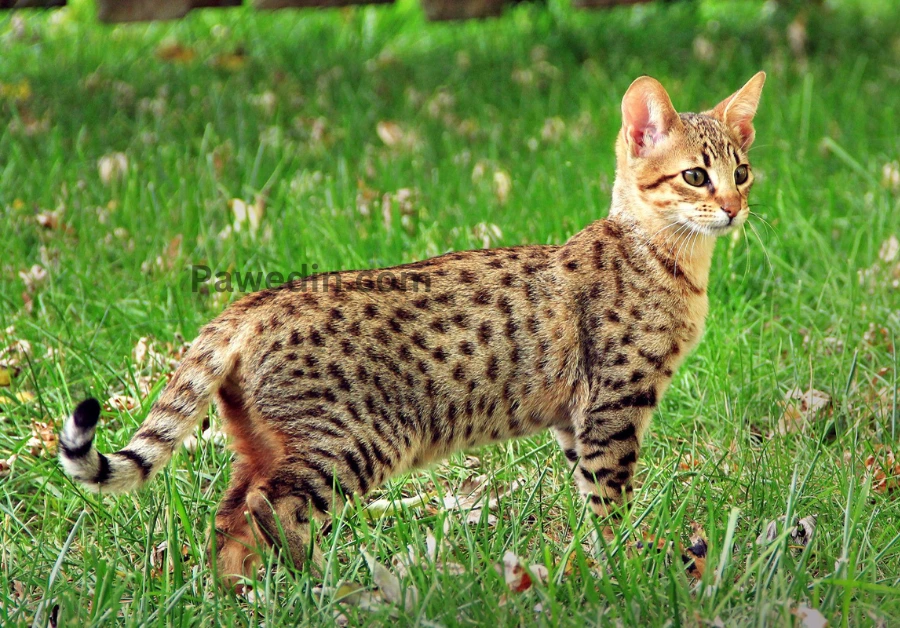
Savannah cats are a hybrid breed of African servals and domestic cats, resulting in four distinct colors and specific names.
These cats are tall, and elegant, and enjoy interacting with their owners. Introduced in the late 20th century, they are a hybrid breed that retains their wildness while maintaining a friendly demeanor.
Savannahs can grow up to 17 inches tall and weigh 25 pounds, depending on their generation.
First-generation crosses (F1 and F2) are larger and have beautiful spotted coats in shades of brown, tan, and black.
Savannah cats are loyal, intelligent, and inquisitive, but may not be suitable for first-time cat owners.
Despite being introduced a few decades ago, Savannah cats are still quite uncommon, and several jurisdictions have laws restricting their possession. T
hey are known for their unique traits, such as playing fetch, walking on a leash, giving headbutts, snake hissing, chirping like a bird, high jumping, and high energy/intelligence.
2. Ragdoll Cats: Gentle Giants
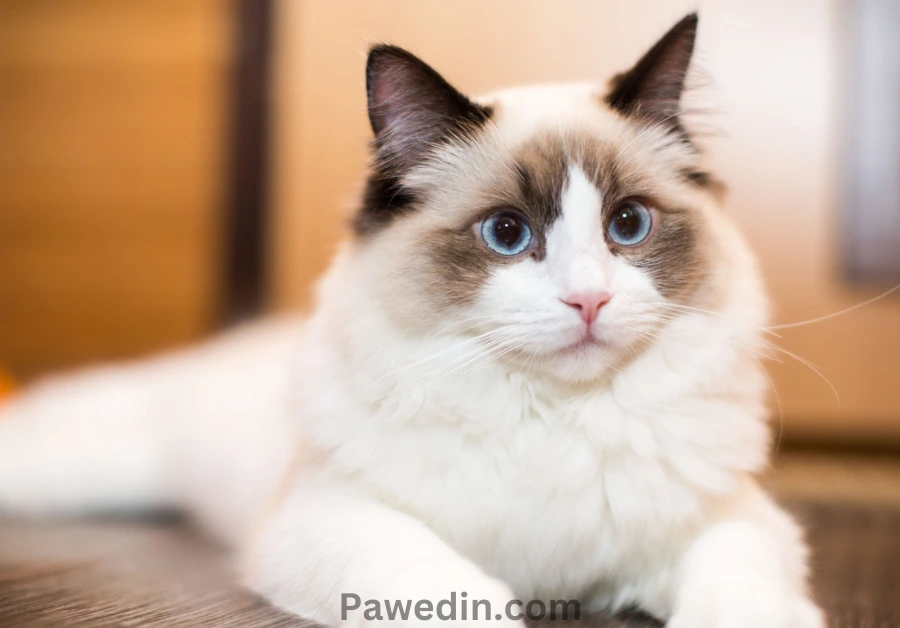
Ragdoll cats are large, affectionate, and affectionate cats with a laid-back personality.
They are ideal lap cats due to their floppy nature and large, blue eyes. Ragdolls are social, making them suitable for busy homes with friendly pets.
They are known for their friendly demeanor and love to spend time with their owners.
Cat Breeds in Popular Culture
1. Garfield: The Iconic Orange Tabby
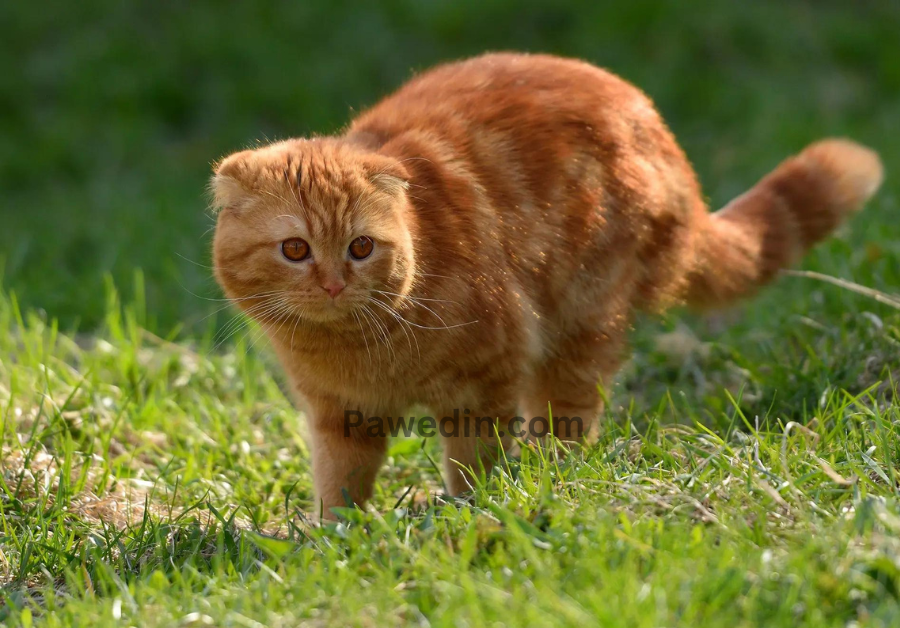
Garfield, born in 1978, was a beloved 1980s cartoon cat hero who enjoyed his sarcastic sense of humor. Originally a Persian cat ginger tabby cat, Garfield has a variety of orange cat breeds with a Garfield-like appearance.
He is based on housecats he met and humans, with some suggesting he’s a Persian, British Shorthair, or Maine Coon.
Garfield’s markings are black to make them stand out, and his eyes hide his forehead.
Garfield’s breed is open to interpretation, with some suggesting he’s Persian, others suggesting he’s a British Shorthair, and others suggesting he’s a Maine Coon.
The Future of Cat Breeds
The world of cat breeds will surely continue to change as long as people connect with and admire these wonderful animals.
As breeding procedures and tastes alter, new breeds may appear, and established ones may experience changes to their features.
Conclusion
The wide variety of cat breeds attests to the strong affinity that exists between us and these mysterious creatures.
Cats have won our hearts and found a place in our homes and society from ancient times to the present.
We can better appreciate the distinctiveness of each breed and value the companionship they provide to our lives by being aware of their ancestry.
FAQs
Q1: Did selective breeding produce all cat breeds?
No, not every cat breed has been developed by selective breeding. Natural breeds are those that have grown spontaneously through time without human intervention.
Q2: Can I identify a cat's breed only by looking at it?
cat's appearance can sometimes hint at its breed, but it's not always accurate. More accurate information can be obtained through genetic testing or by seeing a veterinarian.
Q3: What cat breed is the rarest in the world?
The Singapura cat, which is renowned for its diminutive stature, big eyes, and ticking coat pattern, is one of the rarest cat breeds in the world.
Q4: Are there cat breeds that are hypoallergenic?
While no cat breed is completely hypoallergenic, some varieties, like the Siberian and Balinese, are recognized to produce fewer allergies than others.
Q5: Can cats of mixed breeds compete in cat shows?
Mixed-breed cats are accepted to enter and are praised for their special qualities in the "Household Pets" category of several cat shows.
